Baoshan Riverside Takes on a New Look and Becomes the Widely-recognized "First Impression of Shanghai"
In the autumn of 1921, Mr. Zhu Ziqing served as Chinese language teacher in Shanghai Wusong China Public School. On October 3rd, he sent a postcard to his good friend Yu Pingbo, depicting the scenery of Wusongkou in poetic language and extending a warm invitation saying, "We will be delighted if you would come".
The past century has witnessed great changes. The former Wusongkou has now become the world's fourth largest and Asia's largest international cruise terminal. As October arrives again, Baoshan Riverside has undergone comprehensive renewal and upgrading, and launched wonderful theme activities, inviting the public to witness the miracle of people's city construction together!
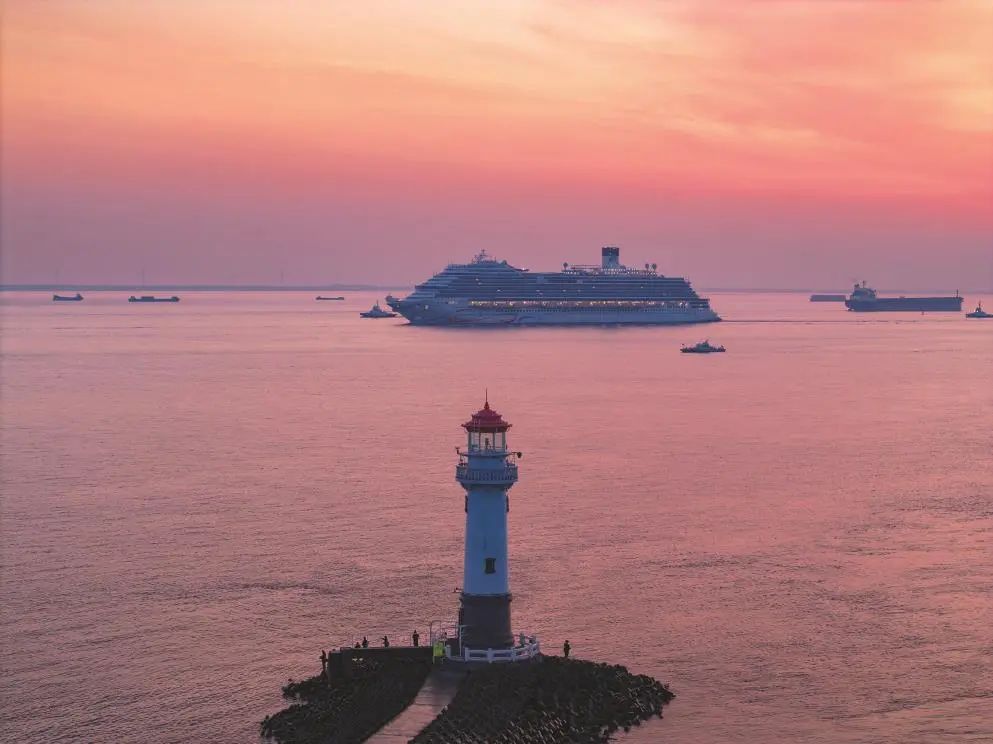
Wusongkou Lighthouse
Cruise economy is the new industrial direction that Baoshan District has anchored in its transformation, upgrading, and structural adjustment. However, transformation is not an easy task. Due to the lack of distinctive and attractive supporting facilities in the surrounding area, the district was once stuck in "pass-by economy."
At the end of September, Baoshan Riverside underwent comprehensive renewal and upgrading, not only offering more than 600 high-quality guest rooms, but also injecting diverse cultural and tourism business formats at multiple levels. This enriches the interpretations of cruise culture and contributes to the establishment of Shanghai International Cruise Tourism Resort that attracts citizens and tourists from near and far.
Stretching several kilometers, "Shanghai's most beautiful leisure cycling route along the Yangtze River" was completed and opened. On one side is the magnificent view of the confluence of rivers and seas, and on the other side is the Changtan Concert Hall. As citizens and tourists ride against the wind, they can experience the enduring friendship between those who live at different ends of the Yangtze River.
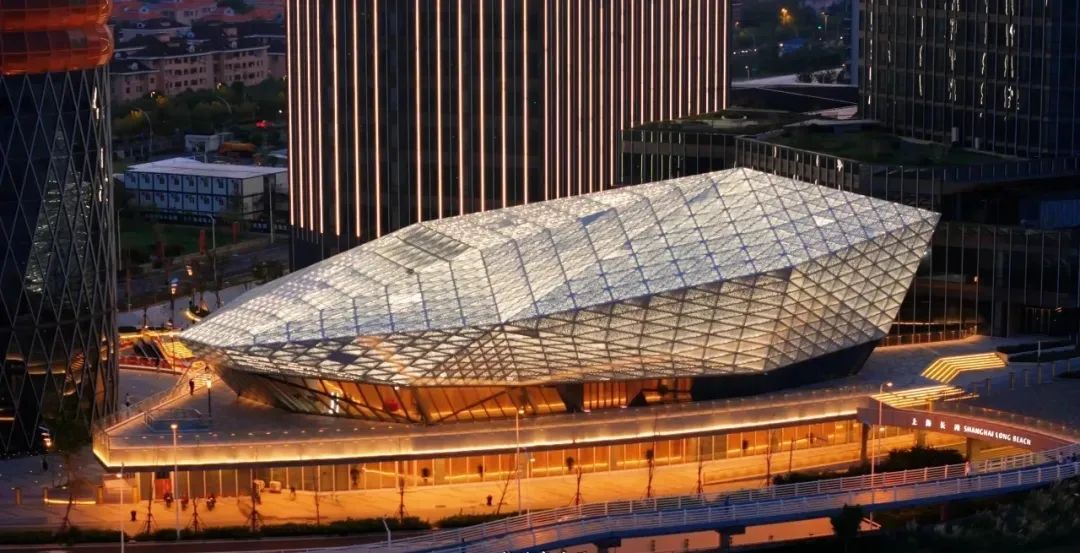
Shanghai Changtan Concert Hall and Wusongkou International Cruise Port echo each other from afar.
The huge port is not only a transportation hub for cruise passengers to disembark and disembark. After nightfall, it transforms into a performance venue under the cover of lights. On the riverbank, port concerts, drone air theaters, and fireworks shows are held in succession, injecting vitality into the cruise riverside belt.
"With a long industrial chain and strong driving force, the cruise economy is of great significance for expanding domestic demand, releasing consumption potential, fostering development momentum, and promoting positive interaction between domestic and international circulations." A relevant person in charge of Baoshan District revealed that in the next step, the district will adhere to integrating advantages and reform and innovation, provide replicable and promotable experience for the development of the cruise industry nationwide, and foster new growth momentum for the cruise economy.
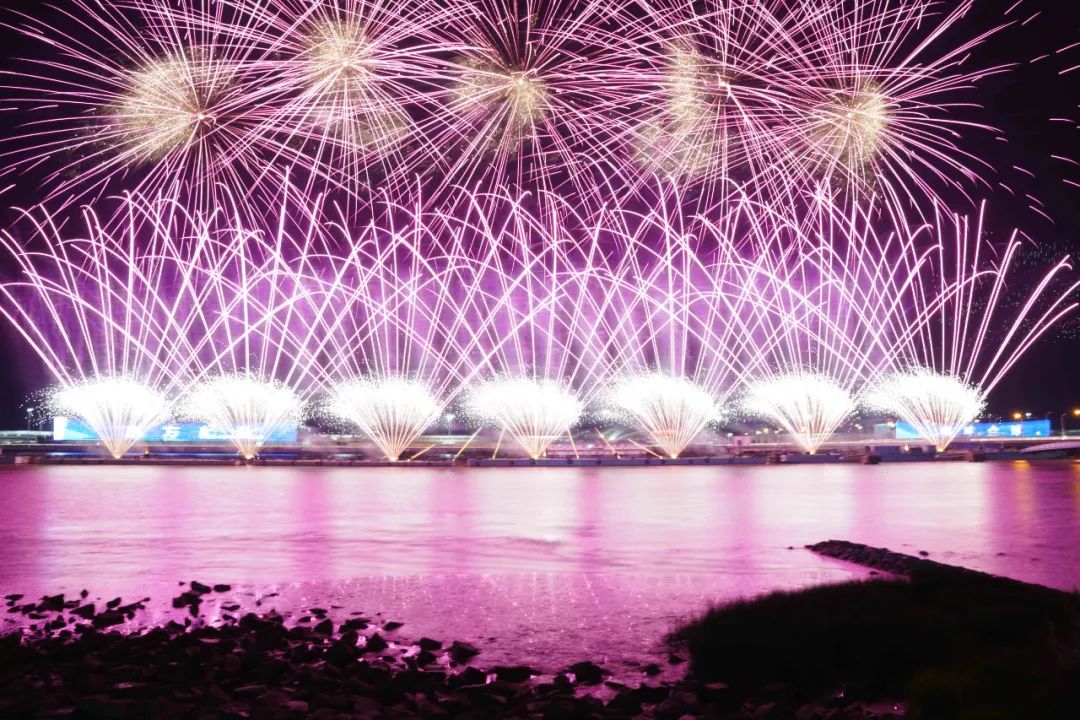
On the riverbank, port concerts and fireworks are held in succession, injecting vitality into the cruise riverside belt.
Transformation: The old wharf yard has transformed into Asia's largest cruise home port.
The international cruise ship "Diamond Princess" docks at the cruise terminal, carrying more than 2,000 tourists.
Over a decade ago, the roll-on/roll-off ship terminal was rebuilt into the Shanghai Wusongkou International Cruise Terminal. Since then, a world-class cruise home port has gradually set sail at Wusongkou.
At that time, Waigaoqiao Port at the mouth of the Yangtze River and Yangshan Port extending into the East China Sea were successively completed and put into operation. Shanghai Port's container business has moved from the river era to the ocean era. During this period, Wusongkou was gradually falling behind its counterparts in the field of container freight, and it was imperative to find a differentiated route.
The vision of Shanghai Wusongkou International Cruise Terminal opened up a new development perspective for Wusongkou. Taking the construction of the cruise terminal as an opportunity, Shanghai Port took the lead in shifting its service focus from goods to passengers, creating new highlights for economic growth.
Reflecting on the past, many industry participants believe that the Shanghai Wusongkou International Cruise Terminal has promoted and led the development of the cruise industry in China for a "golden decade". Over the past ten years, the international cruise terminal has grown from scratch, with the number of cruise ships and the scale of passengers rising year after year.
By seizing the market development trends and the industrial window period, Shanghai Wusongkou International Cruise Terminal has grown rapidly and set numerous records. From the highest number of international tourists entering China on a single ship to the daily supervision business volume of materials on a single ship, the constantly updated numbers mark the development course of "Asia's largest cruise home terminal". Since this year, the terminal has continuously created many "firsts". The first domestic cruise ship "Adora Magic City" made its maiden voyage. After hardware upgrading, "four ships docked at the same time" for the first time... A new cultural and tourism landmark with international cruise characteristics and a strong identity as a maritime gateway has taken shape.

The first domestic large cruise ship "Adora Magic City" started its commercial maiden voyage at Shanghai Wusongkou International Cruise Terminal from January 1 this year.Industry insiders recognize that the Shanghai Wusongkou International Cruise Terminal has achieved prominence in the global cruise market relying not only on "tonnage" but also "position".
In 2018, when the number of inbound cruise passengers reached the "ten million plus" mark, the home port cruise market entered a period of upgrading, and the competition for product quality became increasingly fierce. To win a place in the market competition, price wars alone are not enough. The Shanghai Wusongkou International Cruise Terminal focused on "a ship ticket". At that time, most cruise companies adopted the charter sales model. Although this promoted the rapid development of the industry to a certain extent, it also brought problems such as low-price competition. Authorized by the Ministry of Transport and led by the Shanghai Municipal Transportation Commission, the Shanghai Wusongkou International Cruise Terminal took the lead in piloting the ship ticket system in China, trying to break through the original policy obstacles and to safeguard the legitimate rights and interests of all parties in cruise transportation, providing a model for improving the quality of the cruise market.
The innovative ideas and concepts at that time have continued to this day. With the comprehensive renewal and upgrading of Baoshan Riverside, the Wusongkou International Cruise Terminal is planning to continuously improve its service quality. A relevant person in charge of the Baoshan Riverside Committee revealed that in the next step, the committee plans to reach cooperation with hotels along Baoshan Riverside such as Cordis Hotel, Yitang Parent-Child Vacation Service Apartment, and TUI Blue Cruise Port Hotel. In the future, hotel guests are expected to check in their luggage and go through customs in the hotel. Thus, passengers can arrange their "micro-vacation" itinerary more leisurely during the waiting period.
It may seem that only an additional service has been added, but behind the scenes, it involves the coordination and data interconnection among various parties such as the cruise terminal, hotels, customs, and transportation companies. In the view of the relevant person in charge of the Baoshan Riverside Committee, this "system integration capability" is one of the core capabilities that the Shanghai Wusongkou International Cruise Terminal will rely on in the fierce competition in the global cruise market in the future.

Maiden voyage of "Adora Magic City"
Upgrading: "Cruise culture" connects with the "ticket stub economy."
Moving towards the "second golden decade" at a faster pace, the competition arena for the cruise industry has quietly shifted from water to the shore.
Tourists who have already experienced cruises have higher expectations for service quality. They no longer seek the experience of "floating on the sea" only or enjoyable one-stop eating, shopping and touring. They also expect that the shore excursions to offer more than just "shopping."
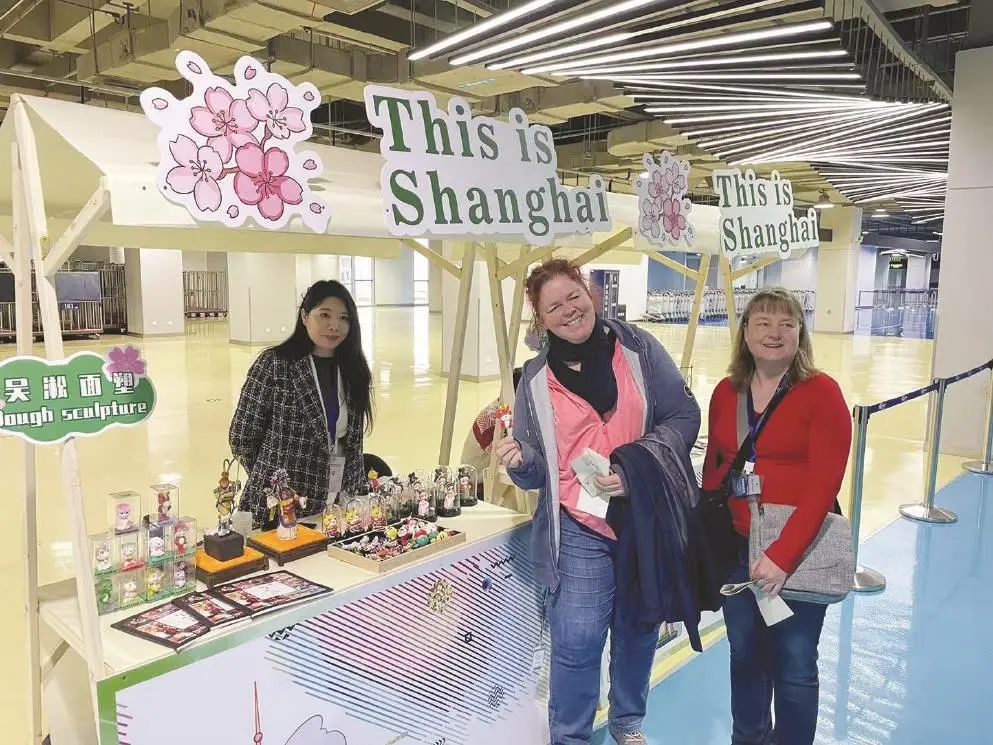
Cruise passengers experience traditional dough modelling skills.
At the end of September, the Shanghai Cruise Culture and Tourism Festival kicked off, introducing the trendy "ticket stub economy". Tourists with cruise ship tickets of the Shanghai Wusongkou International Cruise Terminal or tickets of the F1H2O World Championship Grand Prix of Shanghai, China 2024 can enjoy exclusive discounts (up to free admission) at 15 attractions and accommodation discounts at 45 hotels in Baoshan District. The activity will last until the end of this year.
The nearly three-month-long activity period not only links attractions and tourist routes but also highlights a deeper dimension of cruise culture. What the public wants to explore is how cruise ships as a medium reshape the form and temperament of a region.
In the past, Baoshan Riverside was hardly associated with fashionable consumption landmarks by tourists. Even if cruise ship crew members want to go ashore for consumption, they would mostly find commercial complexes adjacent to residential areas. While these areas have a lively atmosphere, they lack distinctive highlights that leave a lasting impression.
At the end of September, "Shanghai Sea World", the first cruise-themed riverside cultural and tourism commercial complex in Shanghai, was officially put into use. The person in charge of the project explained that this complex emphasizes specialization and differentiation in the investment promotion process. For example, it introduced the 15-meter indoor diving pool of LAS Diving Club, which has won the title of "Shanghai's Deepest Indoor Diving Pool" and is expected to attract diving enthusiasts from the Yangtze River Delta for an immersive experience.
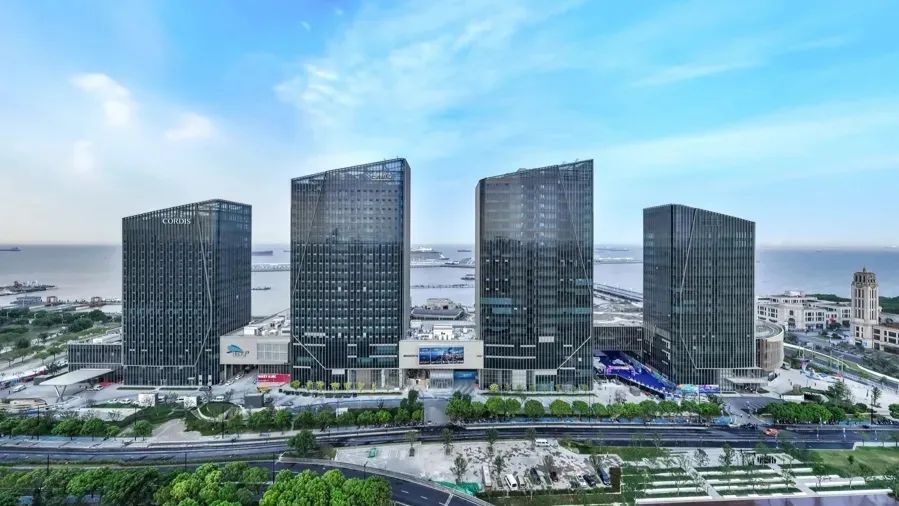
At the end of September, "Shanghai Sea World", the first cruise-themed riverside cultural and tourism commercial complex in Shanghai, was officially put into use.
Featured experience projects attract not only fans in a vertical field. In her view, today's cultural and tourism consumption model is gradually changing, and consumers are increasingly seeking the satisfaction of emotional value. Although diving seems like a niche activity, it can trigger novel and interesting cultural and tourism experiences for tourists and reveal wonderful shore excursions.
The arrival of large-scale water sports events is also expected to allow more tourists to experience cruise tours from multiple perspectives. After a 20-year hiatus, the international top-level sports event once held on the Huangpu River returned to Shanghai during this year's National Day holiday. The F1H2O World Championship Grand Prix of Shanghai, China 2024 was held at Shanghai Wusongkou International Cruise Terminal in Baoshan District and was televised to more than 100 countries and regions worldwide.
Before the opening of Cordis Hotel, the senior vice president and chairman of Asia of Royal Caribbean Group inspected the venue in advance for the upcoming Wusongkou Forum in November this year. In the conference hall that can accommodate hundreds of people, he remarked, "The shore-side supporting facilities of the Shanghai Wusongkou International Cruise Terminal are now on par with those of world-class ports." In his view, there are still many untapped consumer demands in the cruise industry. For example, how cruise ship crew members can enrich their experience during the brief hours when they are ashore. Another example is the supporting needs for large-scale international cruise conferences. Many newly completed supporting facilities at the Shanghai Wusongkou International Cruise Terminal have taken these demands into consideration, and are expected to stimulate more new growth opportunities in the cruise industry.
Linkage: Enhancing the development level of the area.
Opening-up is also one of the distinctive signs of cruise culture
Thanks to the Shanghai Wusongkou International Cruise Terminal, Baoshan Riverside has become a "hub and gateway for opening-up". At the beginning of this year, the city's first special plan for a key area that breaks administrative boundaries - the Special Plan for the Greater Dawusong Area was released to the public. The word "greater" in the title indicates the new historical positioning of Baoshan Riverside - "It belongs not only to Shanghai, but also to the world."
This year, Baoshan High-speed Railway Station will officially start construction. With the Shanghai Wusongkou International Cruise Terminal, the greater Dawusong area will simultaneously have major international and regional transportation facilities, further highlighting and amplifying its role as an outward hub.
"Can the luggage transportation between the cruise terminal and the high-speed railway station be connected?" Some industry insiders have envisioned this. In response to the realistic demand from the market, a relevant person in charge of the Baoshan Riverside Committee responded that the integration of transportation modes is an inevitable trend, which also brings improved fine services after opening-up and linkage.

Recently, the Baoshan Riverside Committee is considering opening a tourist route in the Shanghai International Cruise Tourism Resort, shuttling between the cruise terminal and the Hongqiao Hub to better receive and serve the customers from the Yangtze River Delta. What's special about this tourist route is that it not promoted by administrative forces but rather by private enterprises who have keenly sensed the development needs of the cruise industrial chain and invested in its construction at their own expense. "In the continuous expansion of cruise cultural and tourism consumption scenarios, business entities can gradually find their own entry points and growth points," said a person in charge of "Shanghai Sea World".
The concept of opening-up and linkage is also vividly reflected in the development and governance of the shoreline of Baoshan Riverside.
"Shanghai's most beautiful leisure cycling route along the Yangtze River" has become famous in the cycling community before its completion. On one side is the convergence of rivers and seas, and on the other side is the modern city. The unique and rich cycling experience has attracted many enthusiasts. For urban managers, however, for the nearly 6-kilometer-long riverside, the construction, operation and maintenance of supporting facilities are all challenges.
This requires giving full play to the synergy between "the government and the market" for co-governance and sharing. A non-powered amusement park adjacent to the riverside is a vivid case. It is spontaneously funded and constructed by surrounding enterprises and is open to the general public free of charge. Enterprises not only build their own supporting facilities but also need to invest a lot of manpower and material resources in operation and maintenance management.
Why are enterprises willing to engage in what seems like a loss-making business? A relevant person in charge of the Baoshan Riverside Committee explained that as part of the renewal and upgrading of the riverside shoreline, they have introduced the concept of region. This means that management responsibilities are not strictly divided according to port area boundaries; instead, a mode of co-construction and co-governance between the government and the market is adopted to allow all parties to perform their respective duties and operate efficiently. Enterprises are not calculating whether a single project such as a non-powered amusement park can make a profit, but rather considering the big picture and long-term benefits. Through the connection and link of supporting facilities, a large number of passengers are expected to be diverted from the riverside shoreline to the hinterland, driving and enhancing the development level of the entire region.
"A ship ticket" to poetry and faraway places
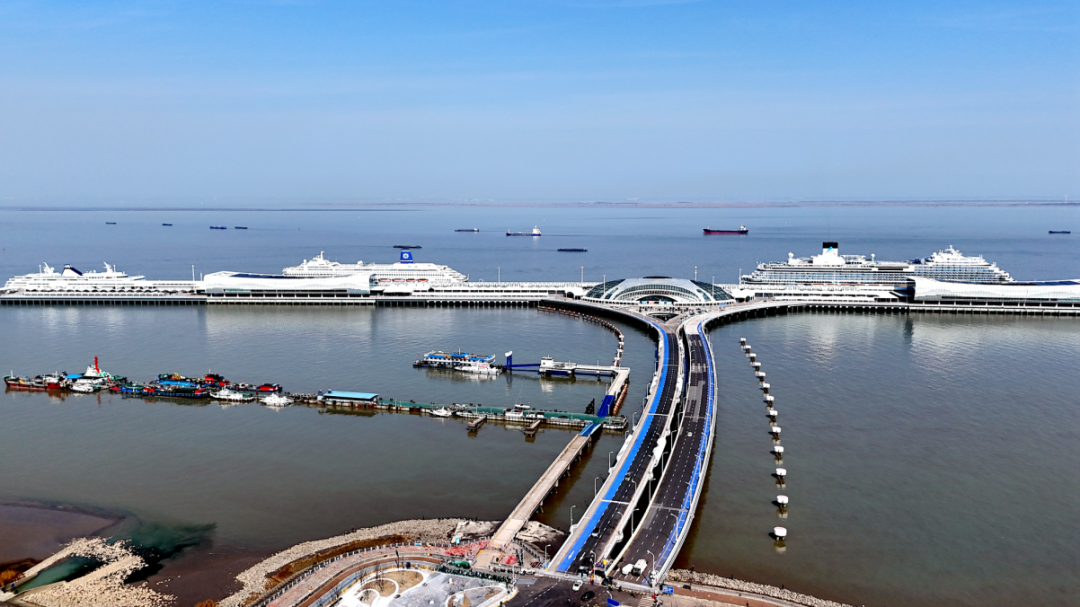
"As the wind blows over the misty waters, a gently curving horizon stretches far into the distance, accompanied by the occasional presence of sails and flute melodies." More than a century ago, when teaching in Wusong, Zhu Ziqing sent a postcard to his good friend Yu Pingbo, poetically depicting the beautiful scenery of Wusongkou. The postcard concludes with a warm invitation, "We will be delighted if you would come."
More than a century later, "poetry and faraway places" have new interpretations.
Taking the opportunity of the holding of the Shanghai Cruise Culture and Tourism Festival, tourists with cruise ship tickets of the Shanghai Wusongkou International Cruise Terminal or tickets of the F1H2O World Championship Grand Prix of Shanghai, China 2024 can enjoy exclusive discounts (up to free admission) at 15 attractions and accommodation discounts at 45 hotels in Baoshan District. The activity will last until the end of this year.
A ship ticket can lead to poetry and faraway places as well.
Picture of Wusong Paotaiwan National Wetland Park

Wusong Paotaiwan National Wetland Park is located at 206 Tanghou Road, Baoshan District. It borders the Yangtze River on the east, Paotaishan on the west, Tanghou Road on the south, and Baoyang Road on the north. It is located at the confluence of the Yangtze River and the Huangpu River. The park is built on a large area of steel slag formed along the river and the original Yangtze River wetland. Meanwhile, the park consists of two parts: wetland and land, with the wetland covering an area of 63.6 hectares. With its rich ecological resources, unique geographical location, and profound cultural heritage, the park provides citizens and tourists with a tourist destination where they can not only enjoy the natural beauty of the riverside but also feel the local cultural atmosphere.
Peninsula 1919 Cultural and Creative Park
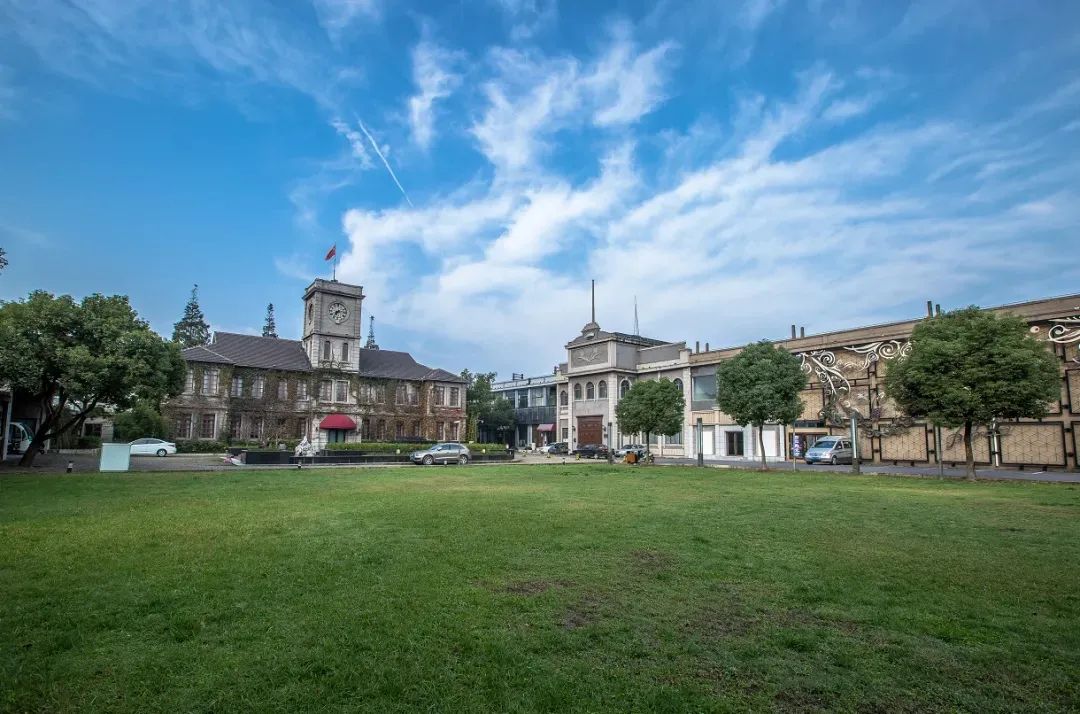
The Peninsula 1919 Cultural & Creative Park was formerly the Great China Cotton Mill built in 1919 and the Huafeng Cotton Mill built in 1920. In 2008, it was transformed into a creative park. The park retains its historical elements and old buildings, such as former textile machines, conveyor tracks, and bell towers, while integrating unique industrial resources with technology, fashion, art, culture, etc. It is listed as a popular destination by many photography enthusiasts.
Baoshan International Folk Art Exhibition Hall
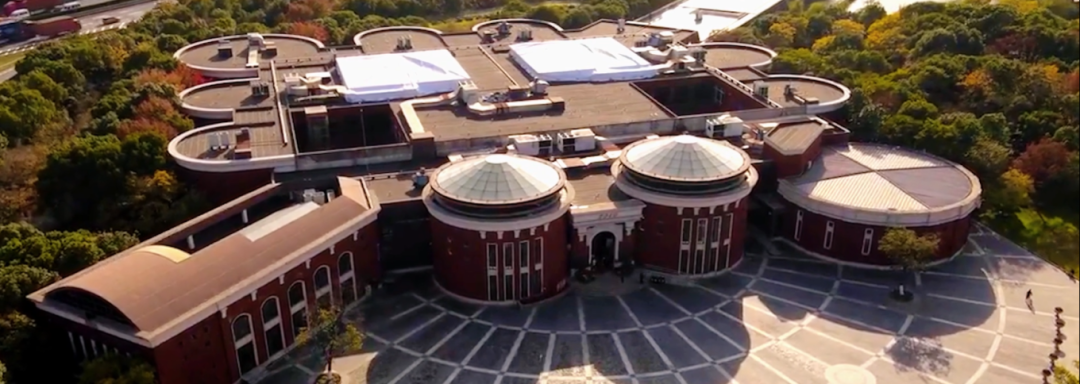
The Baoshan International Folk Art Exhibition Hall is currently the only cultural and art venue in China that showcases folk art and folk culture of countries and ethnic groups around the world. It is a public cultural facility integrating such functions as collection and display, interaction and exchange, inheritance and research, and social services.
China 3D Printing Cultural Museum
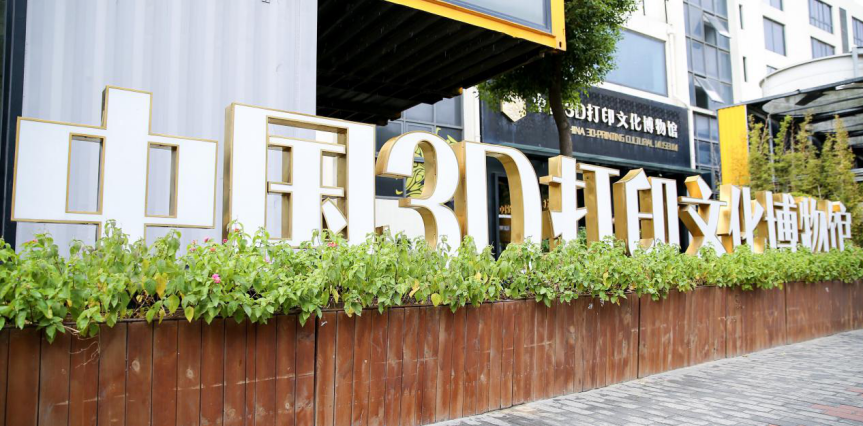
The China 3D Printing Cultural Museum is the first museum in China themed on additive manufacturing (3D printing) and 3D culture, with a construction area of 5,000 square meters. It was formerly a warehouse site for a textile factory. In the renovation design of the museum, the old building's delivery chute was retained, integrating history with innovation.
Shanghai Ceramic S&T Art Museum
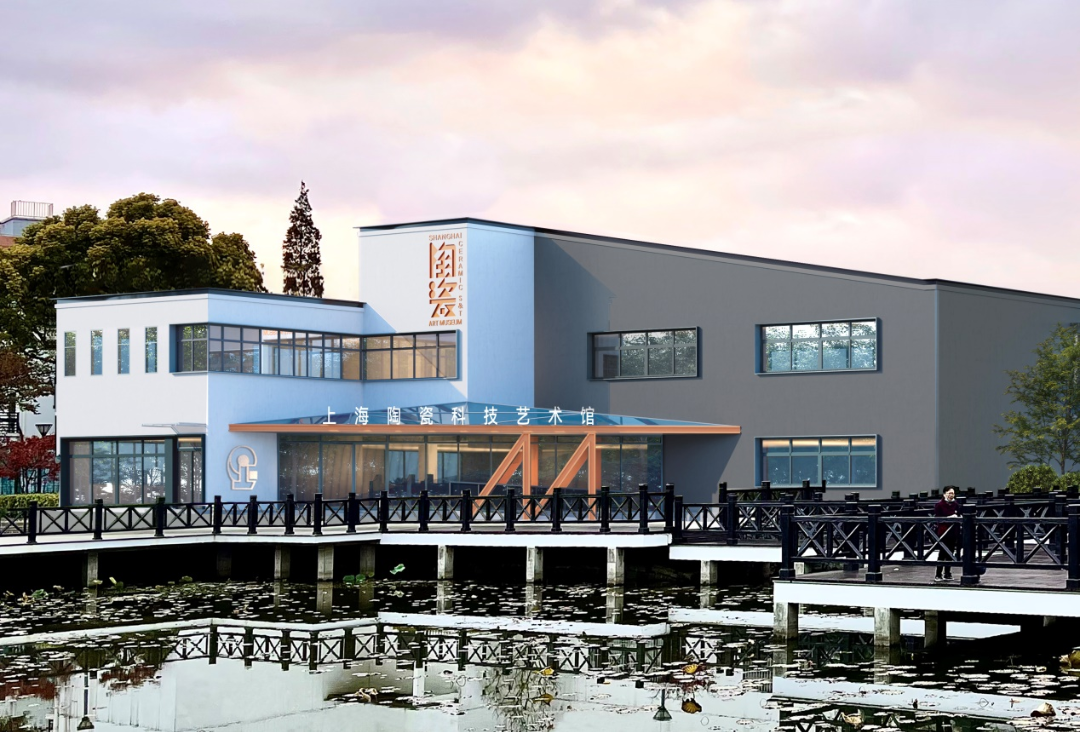
Located in Songnan Park at 578 Songfa Road, Baoshan District, the Shanghai Ceramic S&T Art Museum was put into operation after upgrading and renovation in July this year. The new museum features 12 ceramic exhibition areas such as Harmony and Transformation, Enchanted China, and 72 Ceramic Processes in 3D Real-life Scenes. Additionally, a special hall for red ceramic art has been added, as well as functional areas such as Ceramic Micro Lab, Cultural & Creative Store, Masterpiece Exhibition, Young Artists Exhibition, and Art & Sci-Tech Innovation Release Hall.

宝山汇APP

上海宝山微信

上海宝山微博